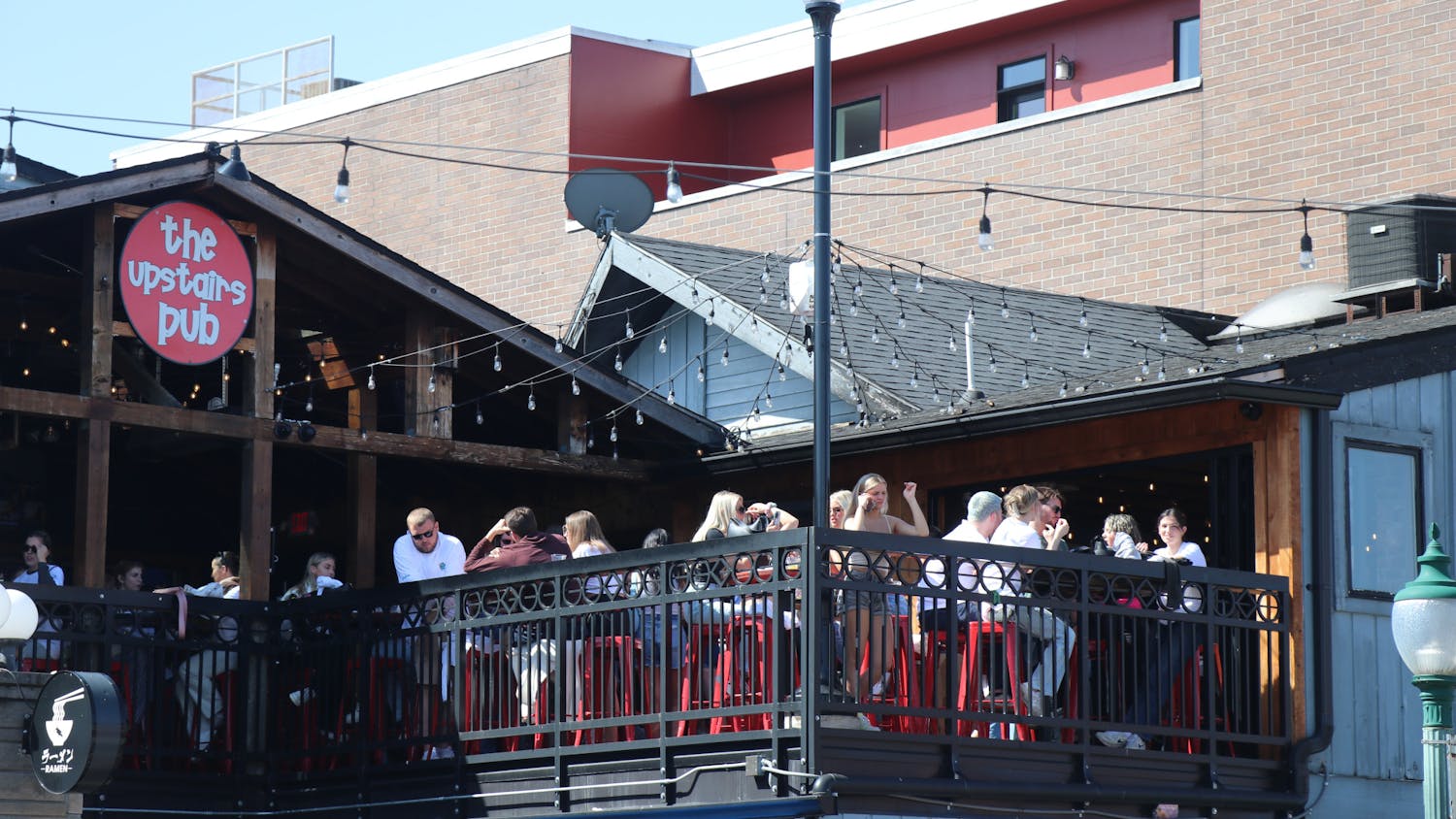SPACE CENTER, Houston -- After three days of uncertainty, NASA said Monday a piece of broken wing found last week was from space shuttle Columbia's left side -- where all the problems appear to have begun in the final minutes of the doomed flight.\nThe fragment includes a 2-foot piece of carbon-composite panel, a dense material that covered the leading edge of the wing, and a 1 1/2-foot piece of the wing itself. Engineers are not yet certain where the piece fits.\nIt could be extremely important, given that the trouble apparently originated in the left wing during the final minutes before the Feb. 1 flight broke up above Texas, killing all seven astronauts aboard.\nBarely a minute after liftoff on Jan. 16, a piece of insulating foam from Columbia's external fuel tank broke off and slammed into the ship's left wing. The impact by the flyaway foam -- exonerated by NASA during the flight as to having caused any serious damage -- remains a central part of the accident investigation. In the final minutes of flight, some sensors in the left wing and in the left wheel will showed unusual spikes in temperature.\nAfter the wing fragment was found last Friday, NASA's deputy associate administrator for spaceflight, Michael Kostelnik, called it "a significant recovery."\nNASA originally said the piece was found west of Fort Worth. On Monday, the agency said satellite coordinates indicated it had actually been found near Corsicana, 66 miles southeast of Fort Worth.\nThe condition of the wing fragment wasn't immediately disclosed. NASA was checking the carbon panel and the silica glass-fiber thermal tiles for evidence of burning, either from the intense heat of re-entry or from something else.\n"That's something that the engineers would be looking for," Kostelnik said.\nNASA said it also has found the cover of one of the two landing gear compartments, another potentially critical piece because a temperature surge inside the left wheel well was the first sign of trouble. But officials do not yet know whether it is from the right or left side of Columbia.\nAnother incident highlighted the confusion even among top NASA officials as to what wreckage is being found -- and where.\nBill Readdy, NASA's top spaceflight official, told reporters in Washington that one of the shuttle's main computers had been found in a Texas field "apparently in fairly good condition."\nHe later said he was informed by a Johnson Space Center manager that it was an avionics box, not a general purpose computer.\n"When he had a chance to look at it, sorry, wrong, not a general purpose computer," Readdy said. "That was our hope, maybe we were hoping too much."\nAn avionics box monitors and controls most of the systems on the shuttle. There are more than 300 of the boxes in the spacecraft.\nNASA Administrator Sean O'Keefe said debris would be taken this week to Kennedy Space Center in Florida, where it will be cataloged and assembled.\nEngineers there will reassemble as much of the shuttle as they can in a hangar. An independent board investigating the disaster will have offices in the hangar.\nKostelnik said engineers are still looking at high-resolution photographs of Columbia taken by a powerful Air Force telescope camera, but said "no engineering judgment" has been made on the images.\nOne photo, taken a minute or two before Columbia broke up, is drawing special interest. A dark gray streak can be seen trailing the left wing, and the leading edge of that wing appears to be jagged. Kostelnik said resolution on the photos was no better than what was released to the public Friday.\nReaddy said the space agency is also looking at data collected by weather and Federal Aviation Administration radar to see if they can help pinpoint the locations of any undiscovered debris.\nThe Columbia investigation board held a series of meetings Monday in an office near Johnson Space Center, as its pace picked up. The chairman, Harold German Jr. -- a retired admiral who investigated the 2000 bombing of the USS Cole -- said two to three teams of experts would analyze all the pictures and video taken of Columbia as it flew over California, Arizona, New Mexico and, finally, Texas.
Shuttle wing focus of inquiry
NASA confirms piece found is part of Columbia's left wing
Get stories like this in your inbox
Subscribe



